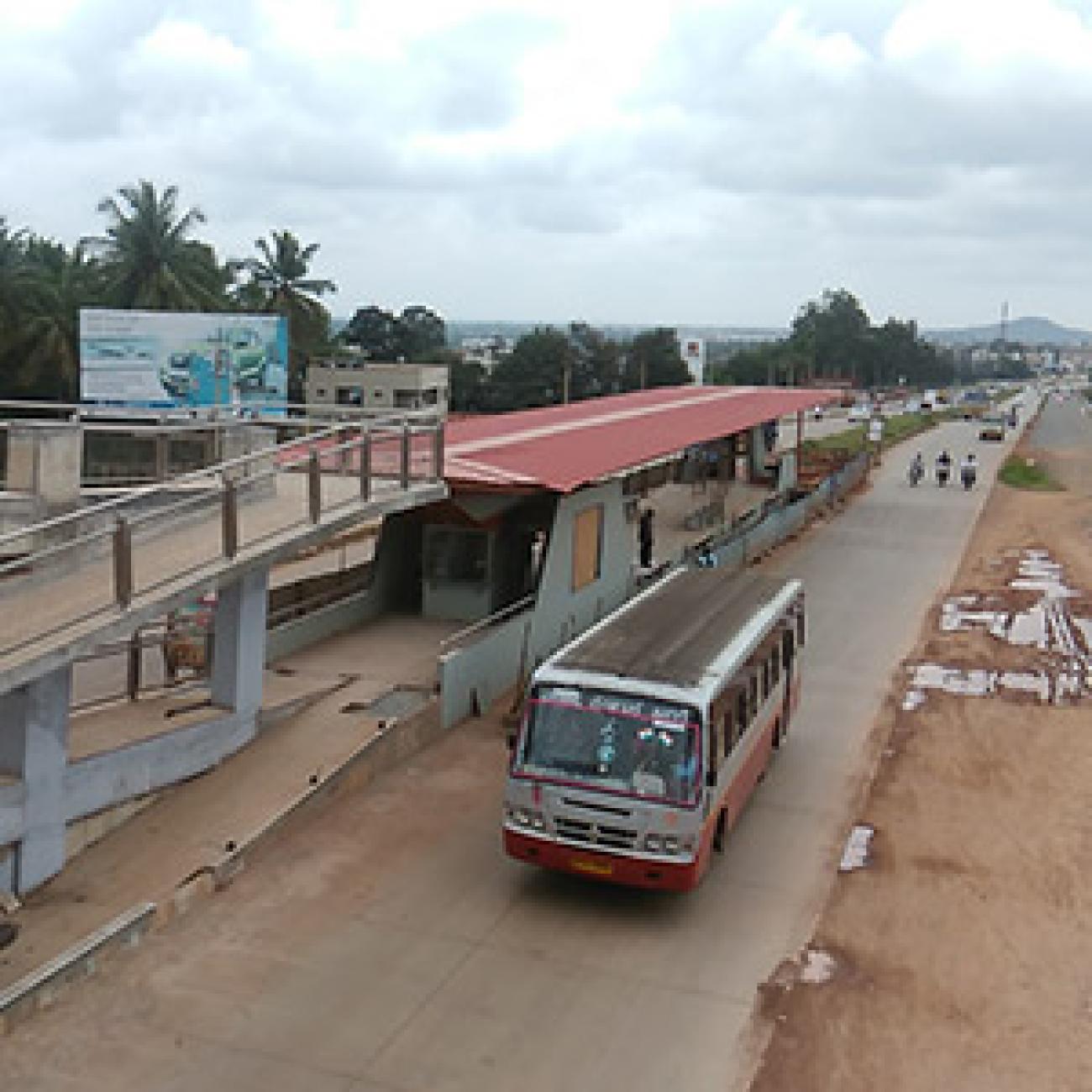How to build a SMART city

By Manit Rastogi
Given that our cities occupy a mere 2 percent of the earth's land surface and yet consume 75 percent of the earth’s resources, there is a…
[vc_row][vc_column][vc_column_text]
By Manit Rastogi
Given that our cities occupy a mere 2 percent of the earth's land surface and yet consume 75 percent of the earth’s resources, there is a need to start exploring the possibilities of a closed-loop typology of architecture, a closed loop that looks at consumption and waste simultaneously. The starting point to planning should be with the assumption that if there is no energy, no water and no waste disposal, how does one approach design? Traditional architecture and planning has always been green with reference to paucity of resources and is thus often a useful resource for contextually relevant inspiration.
Today there is a drive for resurrecting some of our crumbling city-level infrastructure through the Smart Cities Mission. The most critical priority of the government’s smart cities project should be to establish a model of governance where the functionalities of various departments are clearly defined, with minimal overlap, and processes and policies are streamlined. The city is like a human body with all organs effectively performing unique functions, yet needing to work synergistically towards one's overall health. Without that, any city -- smart or otherwise -- is likely to fail.
We at Morphogenesis have our own interpretation of ‘SMART’ and how it defines a city. For us, SMART is an acronym that stands for Sustainability, Mobility, Affordability, Resilience and Technology. A sustainable smart city is much more than a development that embraces technology; it is the city of the future that has to be net-zero on water, net-zero on energy and net-zero on waste-to-landfill. We see SMART urbanism as an emergence of these interwoven networks.
To achieve this, a set of key parameters is required. Of these, the first is to determine the carrying capacity of a city and define a target population based on the rainwater and renewable energy potential. This determines the human capacity of the land. It is essential to design a city as a system and let it evolve naturally. If one becomes highly prescriptive about how a city should be, it doesn’t allow for the changing nature of human interaction. And we cannot predict how that will evolve over the next 100 years.
The Delhi Nullahs Project is one such initiative towards a sustainable SMART urban rejuvenation approach to resurrect Delhi’s derelict drainage system. By revitalising the redundant and interstitial spaces of the city, this project aims to become an exemplar where governance, environment and development are key threads of the interwoven networks. The intention is to use Delhi's neglected nullah (storm water drain) network to fundamentally transform the city. Currently, nullahs are just unhygienic drains that are seen as a problem that plagues Delhi. They smell and are rampant breeding grounds for mosquitoes and primary feeders of waste that pollutes the River Yamuna. However, a relatively small investment can transform them into a valuable asset for the common citizen. Since our city's sewage system is largely under-capacity and 50 percent of our migrant population is still not availing of planned infrastructure, large amounts of sewage gets dumped into the Yamuna, resulting in one of the filthiest rivers in the world. Our vision is to clean the nullahs, preserve the receding water table and create open spaces and pedestrian corridors in the area surrounding these storm water drains. On 13 January 2015, the National Green Tribunal (NGT) declared that the project shall be implemented in a phased manner and called the “Maili se Nirmal Yamuna Revitalisation Project 2017”.
We believe that a sustainable approach to architecture and planning is a way of life. The commitment required is paramount, as there is a tremendous responsibility towards oneself, the environment and society at large. Today, there is an immense opportunity to define the New Emergent Indian City that is truly SMART.
The writer is founder partner of Morphogenesis, an architectural company involved in architecture and urban design practices. He is also founder member of the GRIHA Council, India’s green rating system.[/vc_column_text][/vc_column][/vc_row]

















